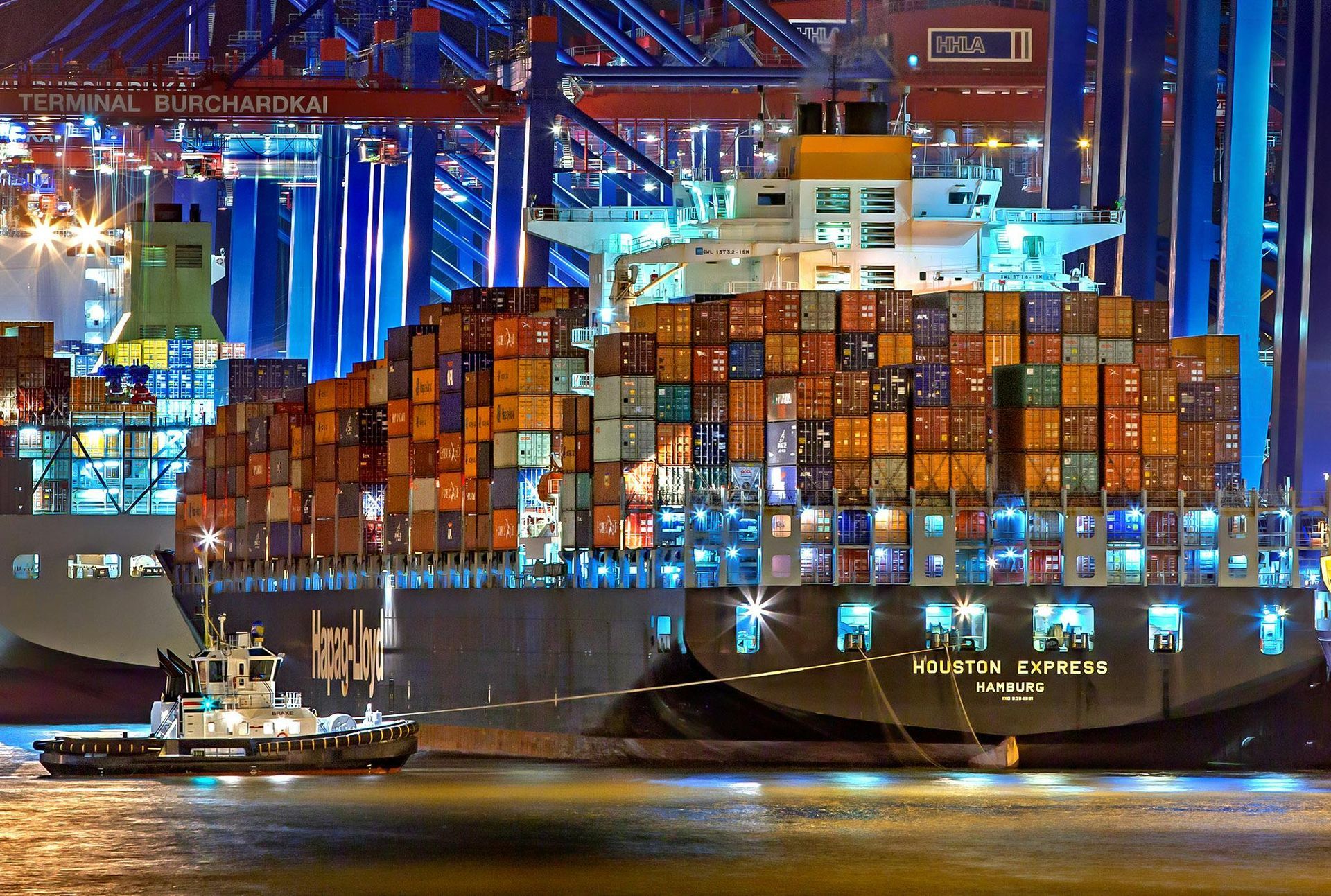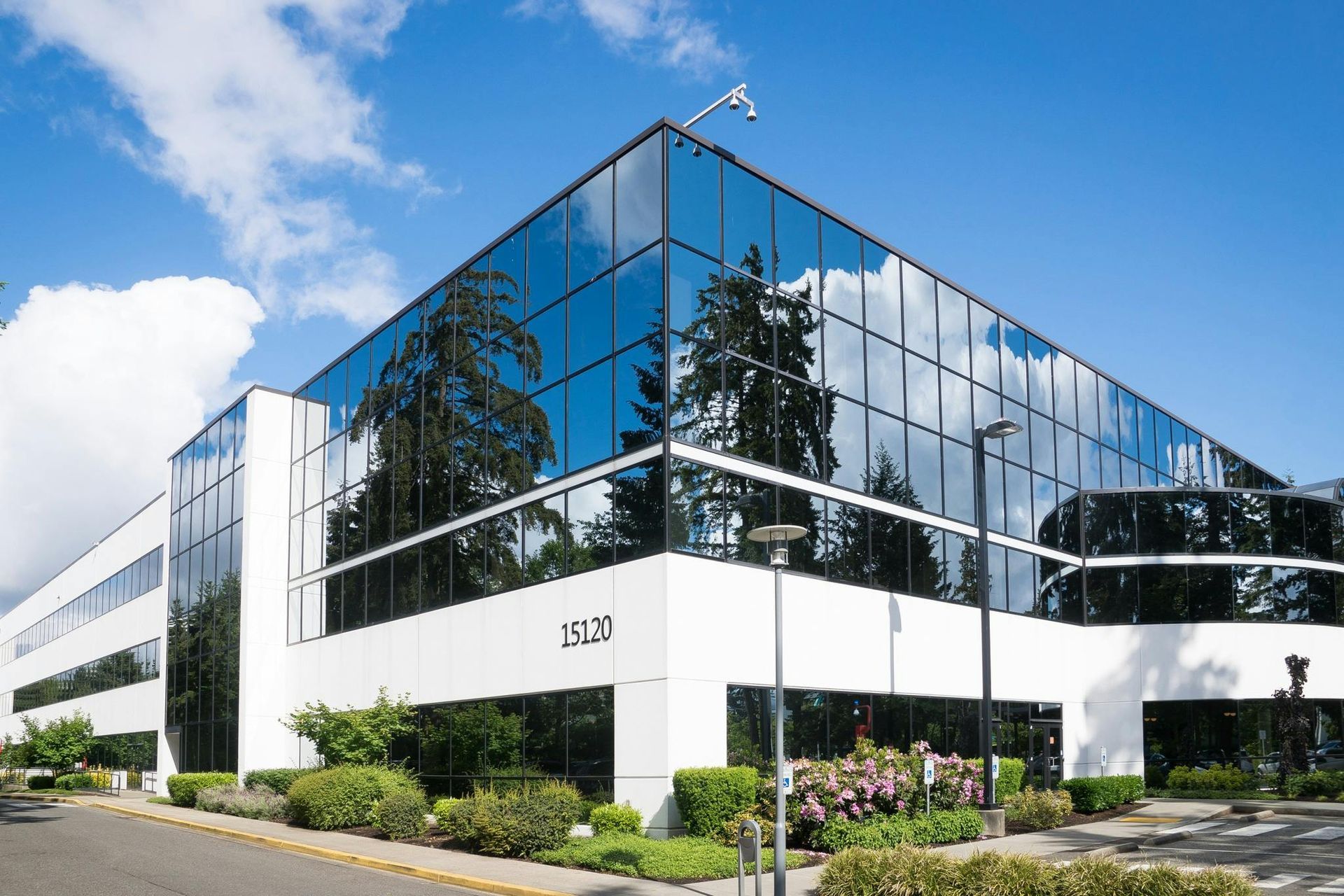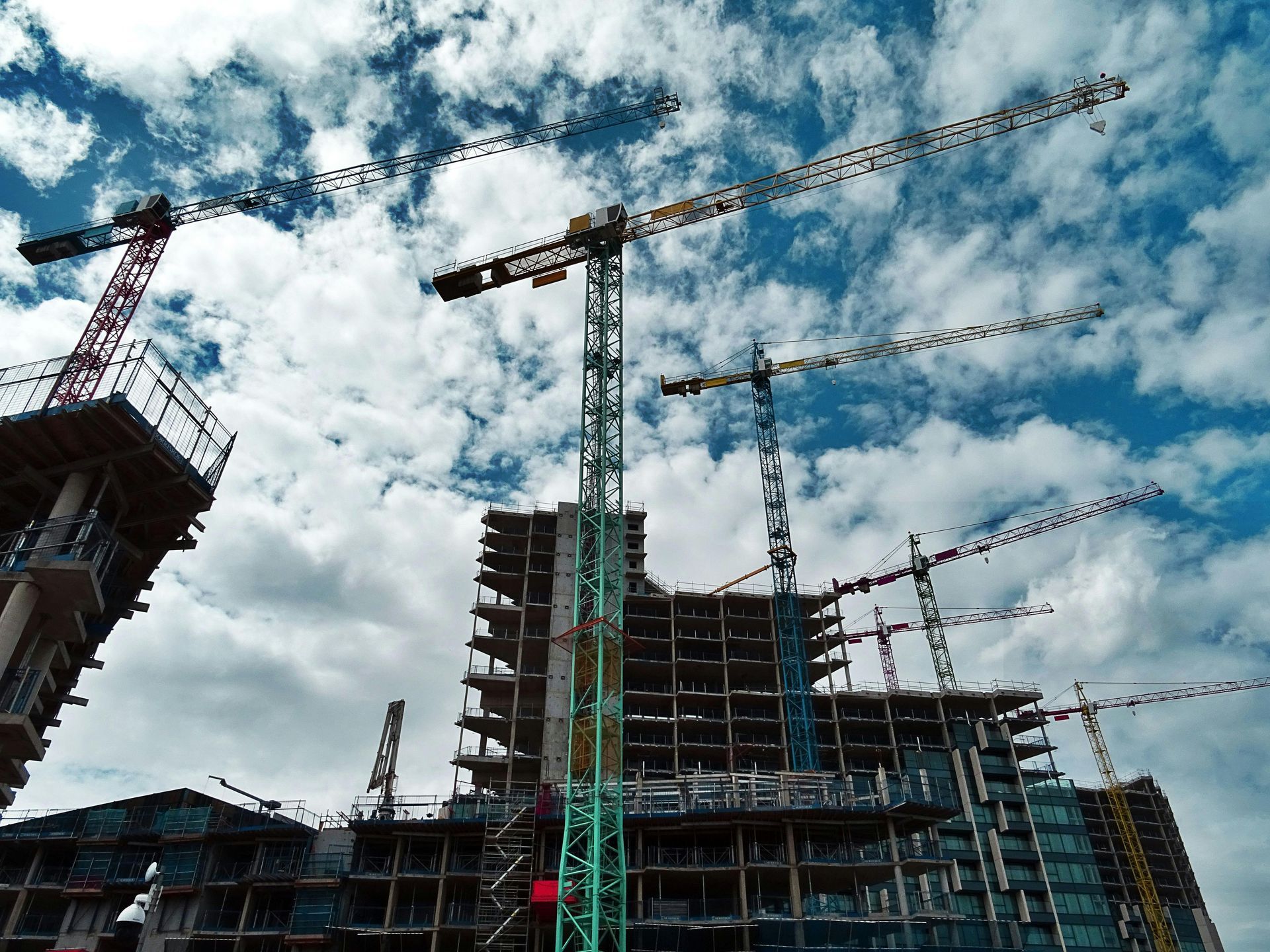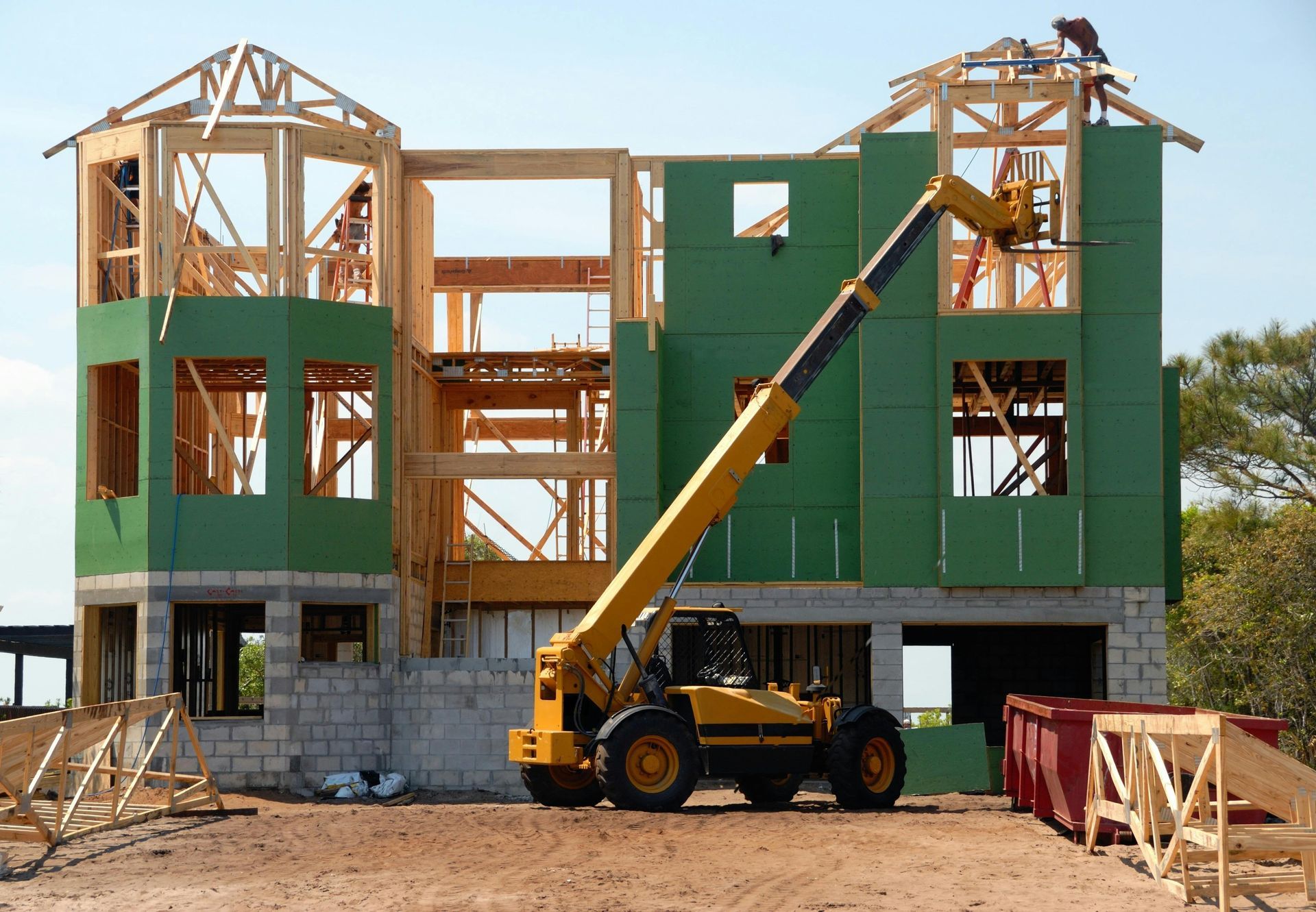Future Trends in Construction Logistics: What to Expect in the Next 5 Years
Future Trends in Construction Logistics: What to Expect in the Next 5 Years
The construction industry is undergoing significant transformation, and logistics is at the center of this evolution. As projects become more complex, urbanization continues to rise, and sustainability becomes a top priority, the role of logistics in construction is expanding. In the next five years, we can expect major shifts in how materials are sourced, delivered, and managed on-site, with technology, automation, and sustainability driving these changes.
As the construction sector seeks to improve efficiency, reduce costs, and meet stricter environmental regulations, logistics will play a pivotal role in shaping the future of the industry. In this article, we’ll explore the emerging trends in construction logistics and what we can expect to see over the next five years.
1. Increased Adoption of Automation and Robotics
Automation has already begun to make its mark on the construction industry, and in the coming years, its influence on logistics will only grow. From automated machinery to autonomous delivery vehicles, robotics and AI-driven technologies will help streamline logistics operations, reduce human error, and speed up processes.
Key Trends in Automation:
- Autonomous Delivery Vehicles: The rise of autonomous trucks and drones will revolutionize the delivery of materials. Automated delivery vehicles can transport materials from warehouses to construction sites more efficiently, reducing delays caused by traffic or human error.
- Automated Warehousing Systems: Robotics and AI-driven warehouse management systems will improve the efficiency of material handling, reducing the time needed to retrieve and load materials for delivery. These systems can also optimize inventory management, ensuring that materials are always available when needed.
- Robotic Material Handling on Site: Robotics will also play a larger role on construction sites, with automated equipment capable of unloading and distributing materials, reducing the need for manual labor and improving site safety.
- Impact on Construction Logistics: Automation will drastically reduce lead times, increase efficiency, and lower labor costs. Autonomous delivery systems will enable real-time logistics management, allowing construction teams to adjust delivery schedules dynamically. The widespread use of automation will lead to faster, more accurate, and safer material transportation, which will ultimately improve project timelines and reduce costs.
2. Digital Twins and Predictive Analytics for Optimized Logistics
Digital twin technology—virtual models that represent physical objects or systems—will become an integral part of construction logistics over the next five years. These digital replicas allow construction managers to simulate, predict, and optimize the logistics processes of a project in real time.
Key Features of Digital Twins:
- Real-Time Simulation: Digital twins allow construction managers to simulate material deliveries, track shipments, and monitor construction progress in real time. This provides insights into potential delays or bottlenecks in the logistics process, allowing for proactive adjustments.
- Predictive Analytics: By integrating historical data and real-time information, predictive analytics can forecast future logistics needs. For example, it can predict when materials will be needed on-site based on the current progress of construction, helping to optimize delivery schedules and avoid delays.
- Enhanced Collaboration: Digital twins create a single platform for collaboration, enabling all stakeholders—logistics providers, project managers, suppliers, and contractors—to have real-time visibility into logistics plans and progress.
- Impact on Construction Logistics: The use of digital twins will revolutionize logistics planning and execution by improving accuracy and reducing risk. By simulating potential issues before they arise, construction managers can optimize the flow of materials and reduce disruptions caused by delayed or misaligned deliveries. Additionally, predictive analytics will make logistics more efficient, ensuring that the right materials are delivered at the right time, reducing the risk of overstocking or shortages.
3. Sustainability and Green Logistics Practices
Sustainability is becoming a non-negotiable aspect of construction, and this trend will continue to shape logistics practices over the next five years. Governments, clients, and stakeholders are increasingly demanding greener solutions, and logistics is a significant area where construction companies can reduce their environmental impact.
Key Trends in Sustainable Logistics:
- Electric and Hybrid Vehicles: The adoption of electric and hybrid trucks for material transportation will grow as companies look to reduce carbon emissions. These vehicles produce fewer greenhouse gases and help meet stringent environmental regulations.
- Eco-Friendly Materials and Packaging: More emphasis will be placed on using sustainable materials and minimizing packaging waste. Suppliers will increasingly provide eco-friendly packaging solutions, and construction companies will seek ways to recycle or repurpose materials on-site.
- Route Optimization for Reduced Emissions: Route optimization software will be more widely used to reduce the distance traveled by delivery vehicles, minimizing fuel consumption and emissions. This will not only improve sustainability but also lower transportation costs.
- Consolidated Deliveries: To further reduce the environmental impact, companies will look to consolidate shipments, ensuring fewer trucks are needed on the road. This trend will also contribute to reducing traffic congestion in urban areas.
- Impact on Construction Logistics: Green logistics practices will improve the environmental footprint of construction projects, helping companies meet sustainability goals and regulatory requirements. By adopting energy-efficient transportation methods, optimizing routes, and reducing waste, construction companies can lower costs and boost their reputation as responsible and eco-friendly businesses.
4. The Rise of Modular Construction and Prefabrication
Modular construction and prefabrication are growing in popularity due to their cost-effectiveness and reduced construction times. These methods involve building sections of a project off-site in a controlled environment, which are then transported to the construction site for assembly. In the next five years, we’ll see a significant rise in the use of these methods, which will have a direct impact on logistics.
Key Aspects of Modular Construction Logistics:
- Specialized Transport Needs: Prefabricated modules are large, often requiring specialized vehicles for transportation. As modular construction grows, logistics providers will need to adapt to handle oversized loads efficiently. Just-in-Time Delivery: Prefabricated modules must be delivered to the site exactly when they are needed for assembly. This requires precise coordination and efficient delivery schedules to avoid bottlenecks or material damage. Reduced On-Site Deliveries: With much of the construction happening off-site, the number of deliveries to the construction site will decrease. This reduces on-site congestion, improves safety, and streamlines the construction process.
- Impact on Construction Logistics: Modular construction will change the nature of logistics by reducing the volume of smaller material deliveries and increasing the need for transporting larger, prefabricated components. This shift will require specialized logistics providers who can handle oversized loads and deliver them on time, ensuring that the modular assembly process remains efficient and seamless.
5. Real-Time Supply Chain Visibility and Transparency
In the next five years, real-time supply chain visibility will become standard in construction logistics. Clients, contractors, and suppliers will demand more transparency into where materials are, when they will arrive, and whether there are any potential disruptions in the supply chain. This increased visibility will lead to more proactive decision-making and faster resolution of logistical challenges.
Key Trends in Real-Time Visibility:
- Real-Time Tracking Systems: GPS-enabled tracking systems will be widely used to monitor shipments in real time, giving construction teams and logistics providers immediate visibility into the location and status of deliveries. Blockchain for Transparency: Blockchain technology will offer a secure and transparent way to track materials and transactions throughout the supply chain. By providing a decentralized ledger of all shipments and deliveries, blockchain can help improve accountability and reduce fraud. Cloud-Based Collaboration Platforms: Cloud-based platforms will facilitate seamless communication between all stakeholders, allowing for real-time updates on material availability, shipping schedules, and potential delays.
- Impact on Construction Logistics: Real-time visibility will lead to more efficient logistics management, reducing the risk of delays and ensuring materials arrive on time. With real-time tracking, construction managers can plan labor and equipment use more effectively, knowing exactly when shipments will arrive. Blockchain technology will enhance trust and transparency in the supply chain, helping to reduce disputes and improve collaboration between all parties involved in the project.
6. Drone Technology for On-Site Deliveries and Monitoring
Drone technology is set to play a significant role in the future of construction logistics, offering new possibilities for both on-site deliveries and progress monitoring. Drones can quickly transport small materials, tools, and documents across large job sites, helping to improve efficiency and reduce delays caused by traditional delivery methods.
Key Trends in Drone Technology:
- On-Site Material Transport: Drones can be used to deliver small tools, documents, or materials across sprawling construction sites, reducing the need for workers to travel long distances or wait for manual deliveries. Site Monitoring and Inventory Management: Drones equipped with cameras and sensors can help monitor construction progress and track inventory levels in real time, allowing construction managers to maintain better control over logistics and material flow.
- Impact on Construction Logistics: Drones will speed up on-site logistics, enabling faster delivery of materials and reducing the time workers spend retrieving tools or supplies. Additionally, drones will provide enhanced visibility into job site progress and material use, allowing for more accurate inventory management and reducing the risk of shortages or delays.
Conclusion
The next five years will bring exciting advancements in construction logistics, driven by automation, digitalization, sustainability, and real-time visibility. These trends will help construction companies optimize their logistics operations, improve efficiency, and reduce costs, while also meeting the growing demand for greener and more transparent supply chains.
As the construction industry continues to evolve, embracing these trends will be essential for staying competitive and delivering successful projects on time and within budget. Whether it’s using autonomous delivery vehicles, leveraging digital twins, or adopting sustainable logistics practices, the future of construction logistics promises to transform how materials are sourced, managed, and delivered.
This post explores emerging trends in construction logistics, including automation, digital twins, sustainability, modular construction, real-time









